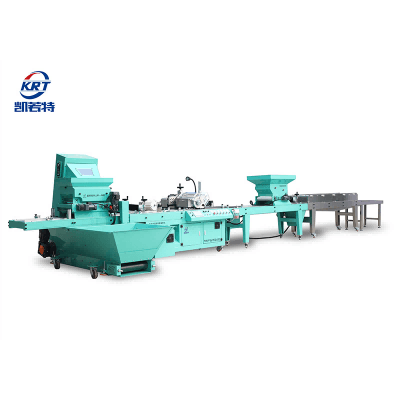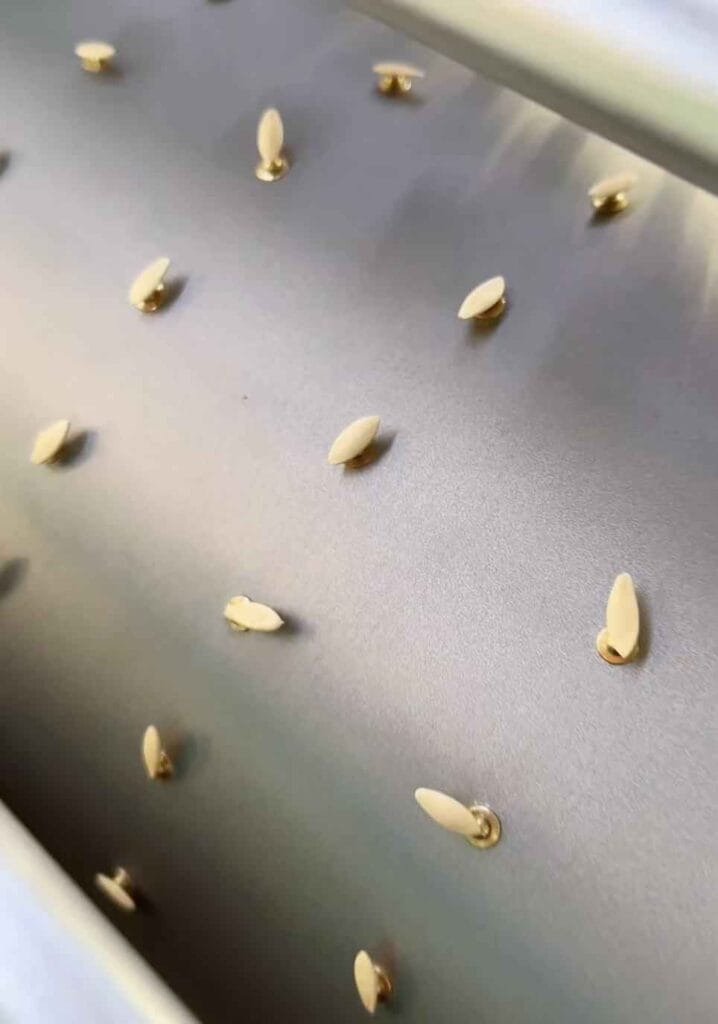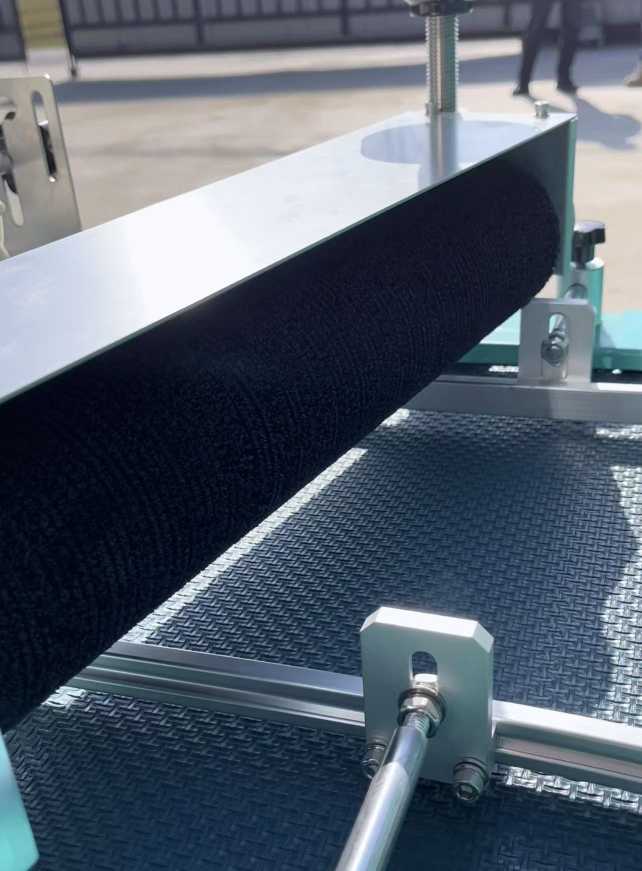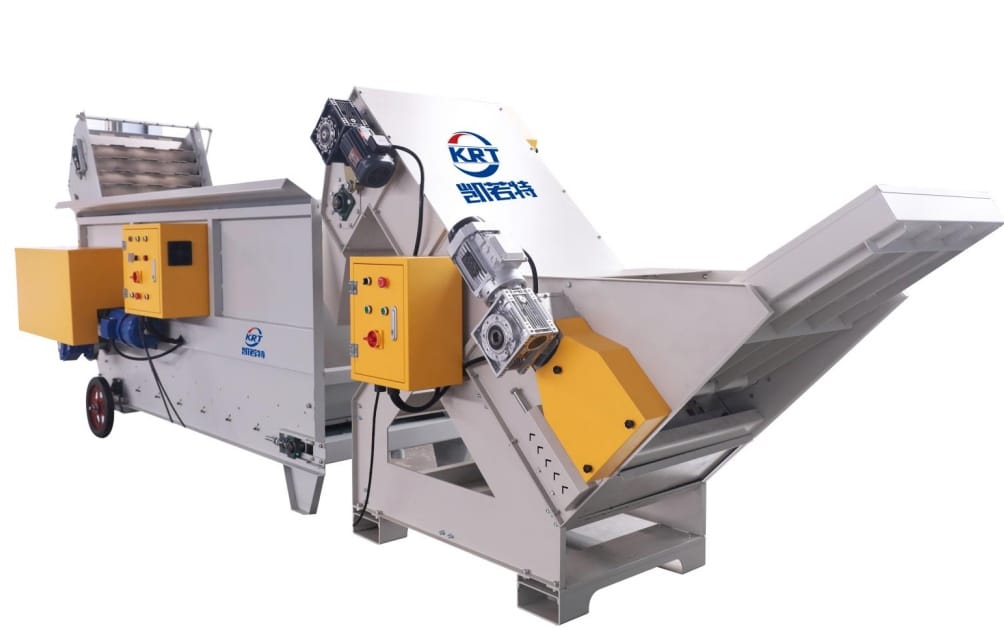The traditional manual seedling cultivation mode is restricted by high labor costs, low operational precision and long seedling cultivation period, and thus is no longer capable of meeting the demands of large-scale agricultural production. The emergence of nursery seedling machines, with their core advantages of “high efficiency, high degree of automation and good seedling cultivation effect”, has become the key equipment to solve the seedling cultivation problems, bringing about a revolutionary change to the seedling cultivation stage in modern agriculture.

Ultra-high Efficiency: Breaking the Capacity Ceiling of Manual Seedling Raising
The efficiency advantage of the nursery seedling machine is reflected in the entire process from substrate treatment to tray transportation, completely breaking free from the speed limitations of manual operation. Our company’s 2BP-1200 model nursery seedling machine can complete 800-1200 trays of seedling raising per hour (based on 50-cell standard trays), equivalent to the daily workload of 30-50 skilled seedling raisers.

The nursery seedling machine, through an integrated production line design, compresses multiple processes such as substrate mixing, substrate filling, tray hole punching, sowing, covering, and water spraying into a “one-stop” continuous operation. The completion time of each process can be precisely controlled to the second level, and the processes are seamlessly connected, significantly reducing the total time for single-tray seedling cultivation. On average, the seedling cycle is shortened by 3 to 5 days, creating conditions for earlier crop planting and seizing market opportunities. Please provide the text you would like translated.

Effects of High-Quality Seedling Cultivation: Laying a Solid Foundation for Crop Growth
Through precise mechanical operation and intelligent control, the seedlings it cultivates far exceed those from manual cultivation in terms of uniformity, robustness, and survival rate. Specifically, it is manifested as follows:
1. High uniformity of seedlings
2. Robust root systems of seedlings
3. High survival rate and seedling production rate

